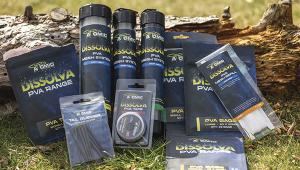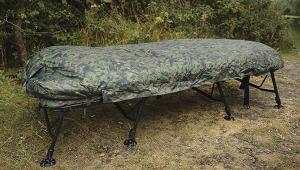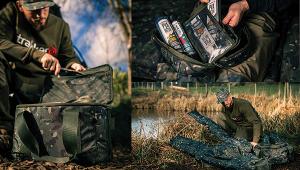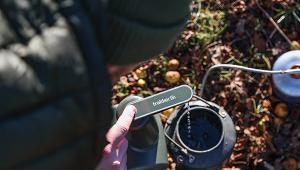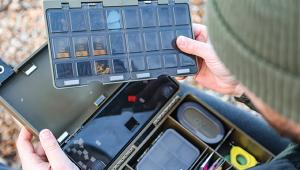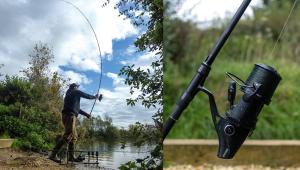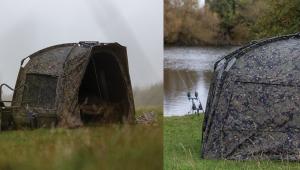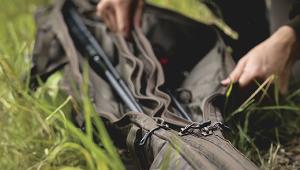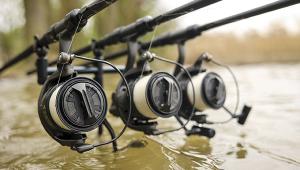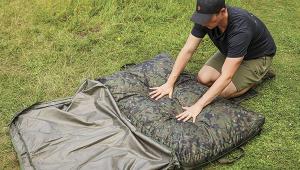How To Tie Frank Warwick's Anchor Rig (Video)
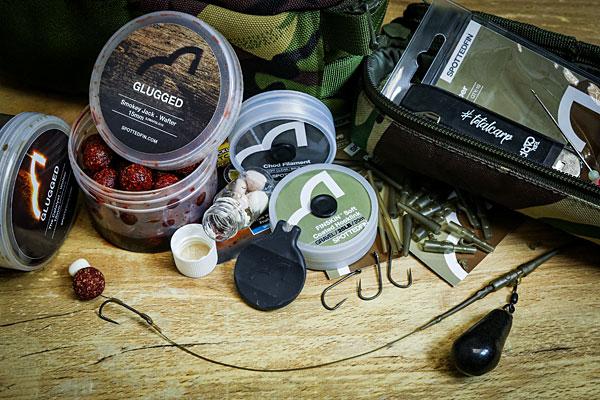
Some people say that they like to use very simple, basic rigs. Now I'm not saying that these simple rigs don't work, because they certainly do, but I'm a firm believer that some very small changes to your rigs can make a very big difference to how the rig works and therefore enhance your chance of hooking a fish. Why would you choose not to do that?
I do like to use different rigs in different situations, but let's take a look at the conventional blow-back rig and how it can be improved further with a little thought.
Firstly the hook pattern – very few people these days use a longshank hook; however I've used them for years with great success and they definitely turn quicker. You have the addition of a kicker, which can help turn the hook. Some people turn these in really aggressively, but I prefer to use a line-aligner with a relatively straight kicker – I find this is more effective and doesn't close the gape of the hook.
Next up there is the tubing down the shank of the hook. While a lot of people use either a ring or silicone, I prefer to use the same shrink tube as I use for the kicker. The reason for this is that it requires a fair bit of pressure to move it down the shank and only a carp can create the force required to blow back the shrink tubing, therefore it provides an indicator if I have been done. This also suggests to introduce more bait as I've probably been cleared out.
Now we come to a very interesting detail that I've been using for more than 25 years and actually gives my Anchor Rig its name. I've taken the influence from an actual ship's anchor, which forms a hook, but also has a crossbar called a 'stock'. The stock forces the anchor to turn on to its fluke rather than sitting flush against the sea bed.
I've replicated this in my rig by using a short length of stiff mono going through the kicker, perpendicular to the hook. This means that the rig nearly always lies prone ready to pierce the bottom lip, or alternatively rears up like a scorpion and can hook them in their top lip too!
It's just a very small change to an already effective rig which makes it even more efficient and leading to better chance of a hooked fish. Give it a go!
- Log in or register to post comments
